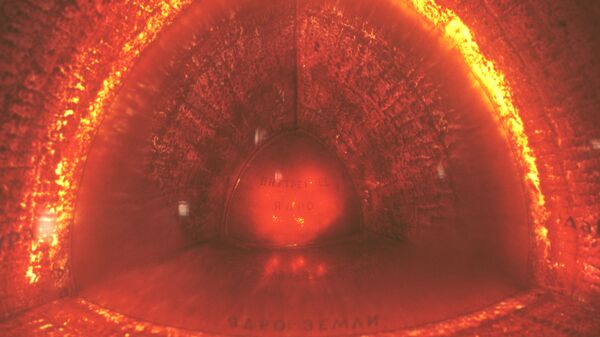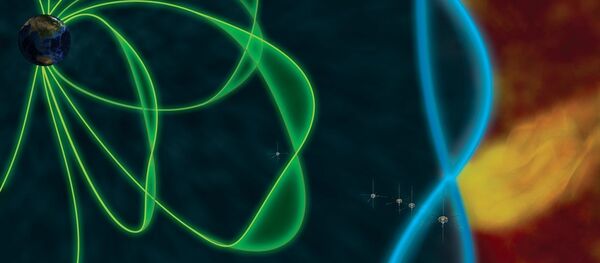Mountains larger than Mount Everest and rougher than Tibet likely lie deep beneath Earth's surface, a recently published study has revealed.
Researchers from the Institute of Geodesy and Geophysics in China and at Princeton University in the US state of New Jersey have used seismic-wave data from a 1994 massive earthquake in Bolivia to examine a layer of rock located some 660 kilometres beneath the Earth's surface, according to Science Daily.
A very strong powerful earthquake is necessary for this type of research, the study team noted, and the Bolivian earthquake is the second-strongest earthquake ever recorded.
"You want a big, deep earthquake to get the whole planet to shake," said Jessica Irving, an assistant professor of geosciences. According to Irving, the earthquake had to be deep, a kind which "instead of frittering away their energy in the crust, can get the whole mantle going," cited by Sciencedaily.com.
Much like people can see objects because they reflect and scatter light waves, seismic waves are reflected from underground inconsistencies. Homogenous spans of rock are transparent to such waves — similar to how glass is transparent to our eyes, according to researchers.
The study ran the 1994 data through Princeton's Tiger supercomputer cluster to simulate the complicated behavior of scattering waves and were shocked when the model revealed just how rough the underground terrain is. While the method does not allow for precise measurement, researchers nonetheless believe that the underground anomalies are of much larger dimensions than on the surface.
"In other words, stronger topography than the Rocky Mountains or the Appalachians is present at the 660-km boundary," noted research collaborator Wenbo Wu.
"They find that Earth's deep layers are just as complicated as what we observe at the surface," said seismologist Christine Houser, an assistant professor at the Tokyo Institute of Technology who was not involved in the study.
"To find 2-mile (1-3 km) elevation changes on a boundary that is over 400 miles (660 km) deep using waves that travel through the entire Earth and back is an inspiring feat," Houser noted.
For years, scientists debated the importance of the 660-km boundary and whether it influences thermal convection inside our planet. Earlier observations have suggested that the two layers of the Earth's mantle are either chemically homogenous or chemically dissimilar. New research results may bring those divergent observations together and provide insight into processes that have led to the mantle's current state.





